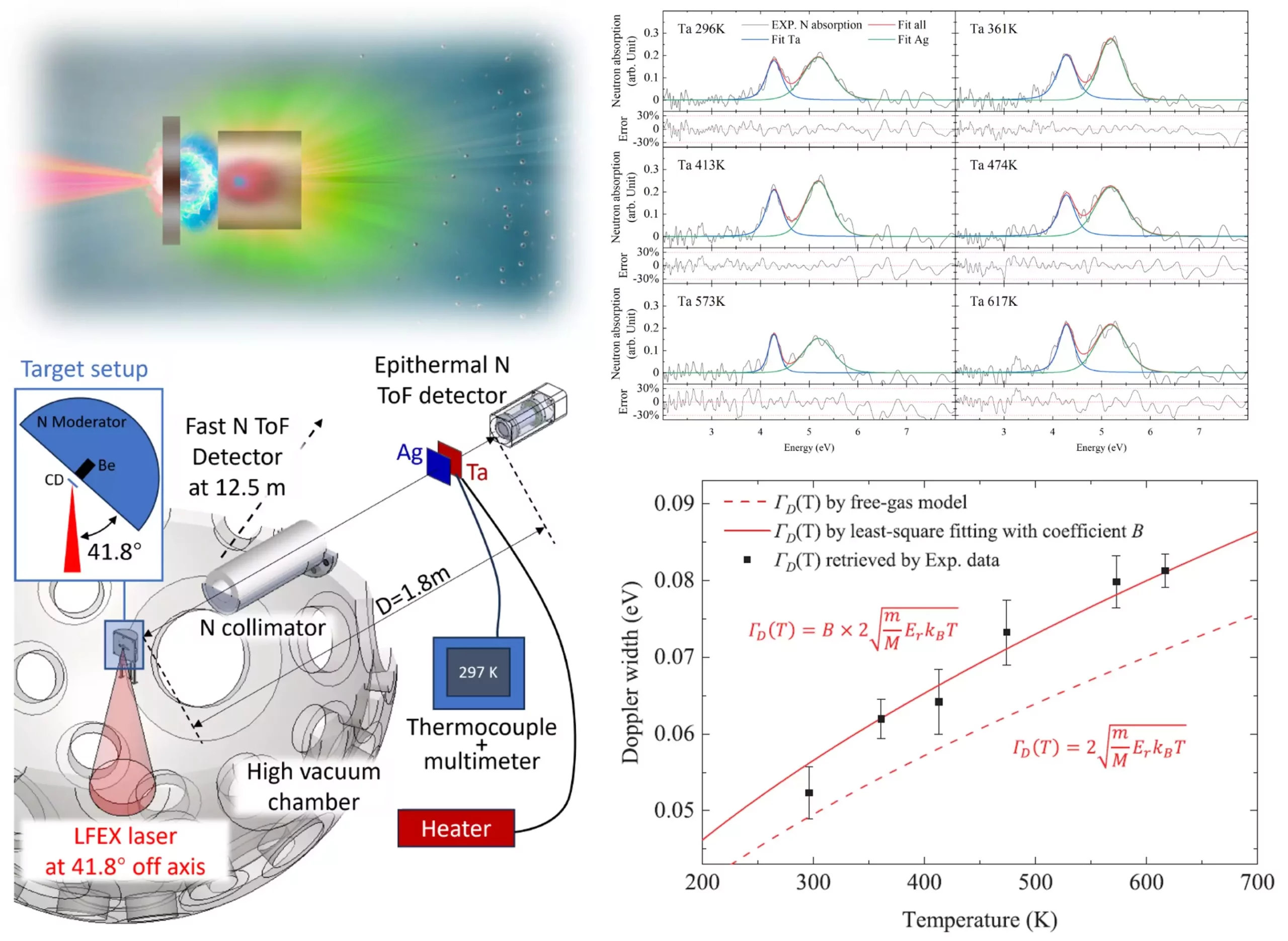In an age where our reliance on electronics spans across countless facets of daily life — from smartphones to smart homes — the demand for improved efficiency and reliability in these devices is relentless. But as we delve deeper into the intricacies of electronic manufacturing, one significant hurdle stands at the forefront: accurately measuring the temperature of various components within devices. Temperature plays a critical role in assessing a device’s performance, influencing everything from its longevity to its overall functionality. Recent innovations have sought to address this pivotal measurement barrier with promising results.
The Breakthrough: Neutron Resonance Absorption
A groundbreaking study conducted by Osaka University introduces a new methodology utilizing neutrons for temperature measurement within electronic devices. The craftsmanship behind this advancement employs a technique known as neutron resonance absorption (NRA), a process that allows for unprecedented accuracy and speed in determining the thermal characteristics of materials. Traditional methods to measure temperature may exist, but none have been adequate in providing rapid and direct readings necessary for today’s fast-paced technological landscape.
By harnessing the power of high-intensity laser beams to generate neutrons, researchers can manipulate these particles, decelerating them to low energy levels before passing them through various samples. This method was tested on tantalum and silver plates, yielding rapid and accurate temperature data. The magic lies in the unique alterations of the NRA temporal signal, which reacts predictably to temperature variations.
Speed and Precision: A Game-Changer for Electronics
The marvel of this newly developed technology is its capacity to measure temperatures almost instantaneously, within a timeframe of merely 100 nanoseconds. This near-real-time assessment leads to a more detailed understanding of materials’ thermal dynamics, which is crucial for enhancing electronic devices. Zechen Lan, the lead author of the study, emphasizes the method’s unique non-destructive nature, highlighting its significance for monitoring devices in real-world applications, such as batteries and semiconductor technologies.
The implications of this advancement are huge. The ability to discern minute temperature changes on a nanosecond scale allows researchers and manufacturers to detect anomalies in electronic components as they occur. Akifumi Yogo, the senior author, notes that while using lasers for generating ions and neutrons isn’t an entirely new practice, the techniques they’ve refined represent a marked leap forward in the field.
Size Matters: Compact Design for Accessibility
A noteworthy aspect of this temperature measurement device is its compact size, which is about one-tenth of the footprint of traditional counterparts. This portability means that various laboratories around the globe can adopt and apply this technology without requiring extensive and cumbersome setups. The reduced size paves the way for more widespread use, enhancing not only research but also practical implementations in commercial electronics manufacturing.
The capacity to measure temperatures effectively and efficiently could advance our understanding of how materials behave under operational stress and what mechanisms may drive improvements in device design. This leap not only fuels innovation within electronics but could also inspire cross-disciplinary applications in fields like materials science, energy storage, and beyond.
Impacting the Future of Electronics
The insights gleaned from this revolutionary method have the potential to reshape the landscape of electronic device manufacturing. By allowing for careful monitoring and optimization of materials based on real-time temperature data, engineers and researchers can push the boundaries for both performance and reliability. Imagine a future where device failures are significantly reduced because of enhanced understanding and quality control over materials at a molecular level.
As we continue to integrate advanced technologies into everyday life, the implications of accurate temperature measurement cannot be overlooked. The enhancements in efficiency and performance could redefine consumer expectations and reshape electronics as a reliable component of modern living. Excitingly, this is just the beginning; with further exploration and investment in similar technologies, the future of electronics is poised for extraordinary advancements that seamlessly blend innovation with functionality.

